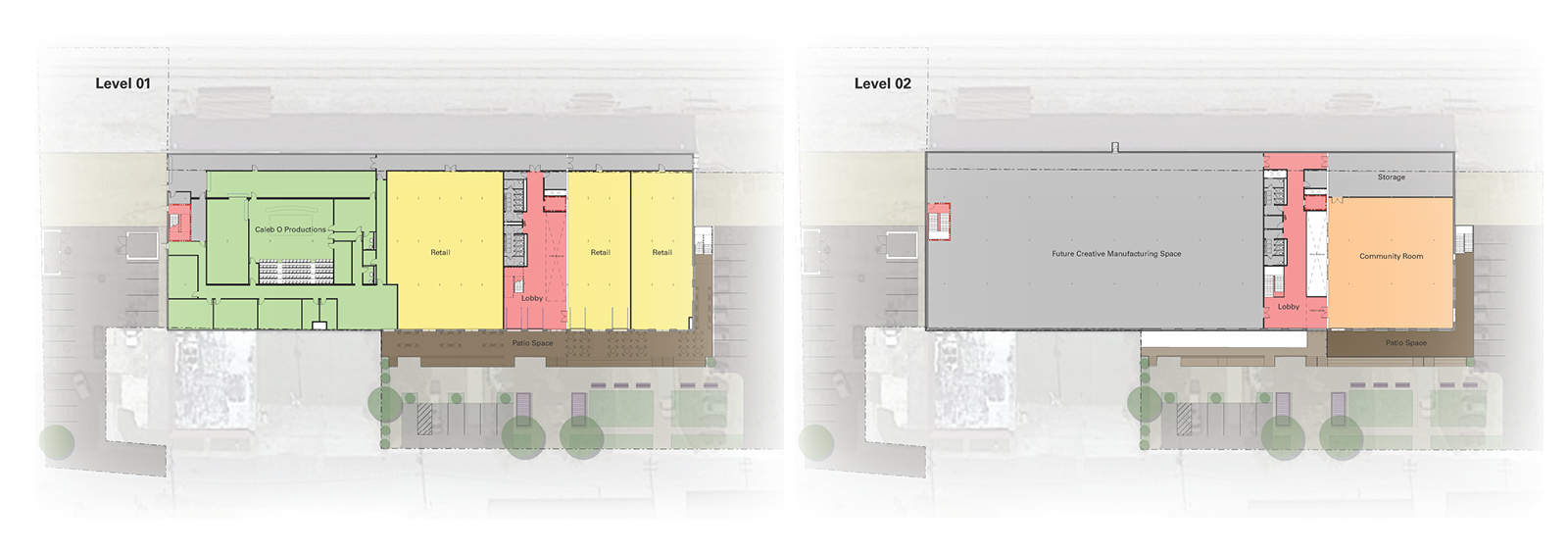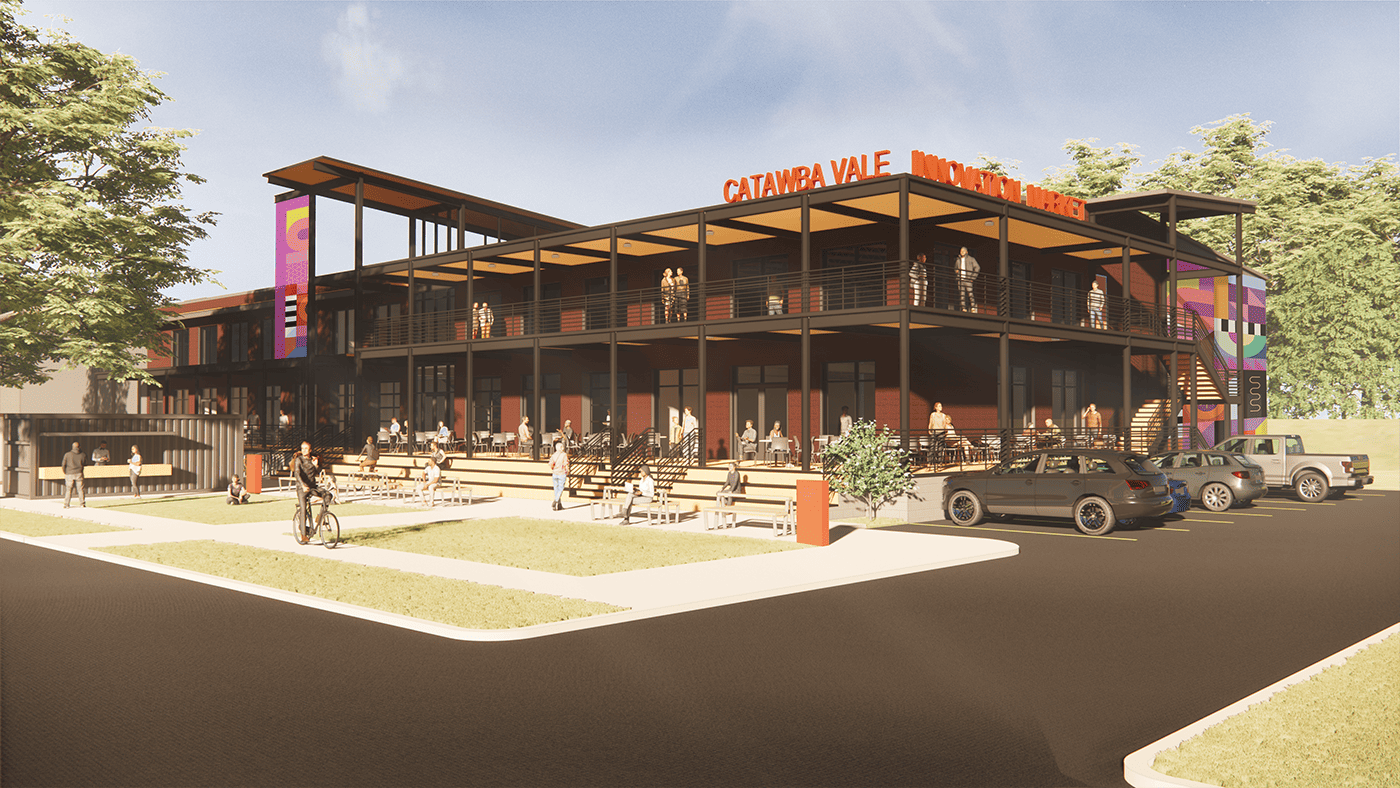Rural America has historically lagged behind urban areas in terms of economic growth. Even the economic expansion following the 2008 Great Recession largely bypassed most of the nation’s small towns. Economic changes, limited job opportunities, and the allure of city life have contributed to this decline. As a result, young people have left their hometowns in search of better prospects, leaving behind aging populations and declining local businesses.
Nevertheless, small towns are vital. Rural areas cover 97 percent of the US land area, and nearly one in five Americans choose to reside in these regions. The attraction of rural living includes safety, affordability, reduced traffic, lower pollution levels, and various other benefits. Moreover, small towns can bolster agricultural, tourism, and nature-based recreational economies, providing a solid foundation for local communities.
A Turn to Tourism
Take, for example, Old Fort, a town that has experienced a decline in recent decades. Situated 30 miles east of Asheville in McDowell County, North Carolina, this town was once home to thriving timber and manufacturing industries. According to the 2020 Census, Old Fort’s population stood at 811, with a poverty rate above the national and state averages. Despite these challenges and an uncertain economic future, Old Fort is working towards a revival.
Nestled amidst the Pisgah National Forest, Old Fort is focusing on tourism, particularly relating to outdoor recreation, and revitalizing its downtown area. Recent developments like the Fonta Flora Trail and the McDowell Tech Plaza are driving further improvements.
The Catawba Vale Innovation Market
One noteworthy project is the Catawba Vale Innovation Market. Currently in development, this mixed-use facility, purchased by the Eagle Market Streets Development Corporation (EMSDC) with a grant from the Dogwood Health Trust, features a state-of-the-art film studio, commissary kitchen, meeting space, and small manufacturing facility. The community space also offers a coffee shop and co-working space. Its Innovate to Incubate program aims to engage Black artists and provide subsidized office and retail space to small businesses.

EMSDC President + CEO Stephanie Swepson-Twitty, also an Old Fort native, emphasizes the importance of ownership in creating generational wealth. In WNC Magazine she states, “The real path to creating generational wealth is ownership, either through owning your home, which builds equity, or owning a business, which creates jobs. That’s the path to economic security.”
Design elements such as murals, wayfinding, placemaking, and sculpture enhance the building’s visibility and create a new identity. The design team drew inspiration from the original Catawba and Cherokee populations, the Western NC Railway (WNCR), and Old Fort’s former town name, Catawba Vale. They aimed to inspire activity, growth, and strengthen the connection to Old Fort’s history and future.
Innovation and Revitalization to Spur Rural Development
In the face of economic challenges, Old Fort, like countless small towns across America, is betting on innovation and revitalization. Projects like the Catawba Vale Innovation Market can make a significant impact by preserving the essence of rural life while fostering economic growth.

